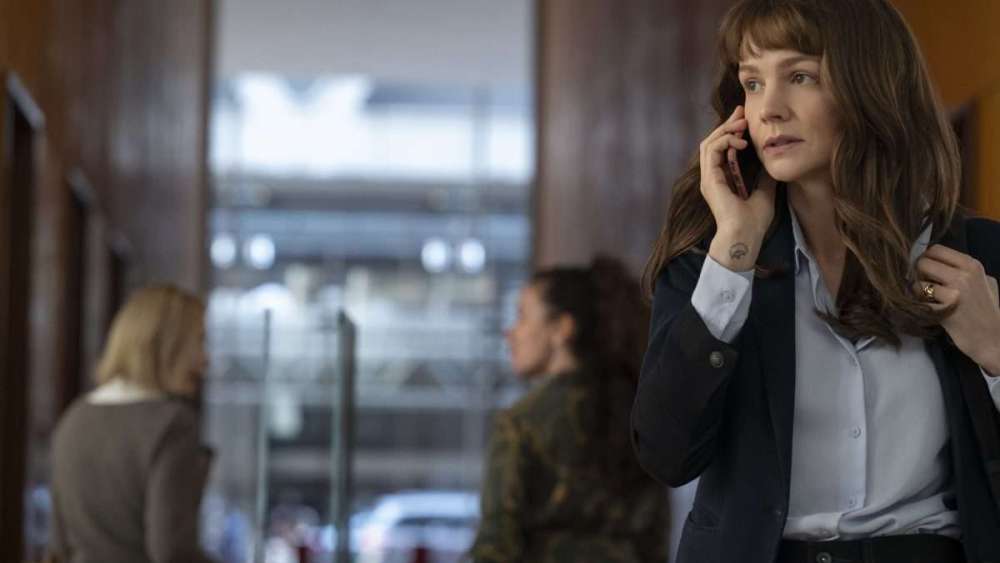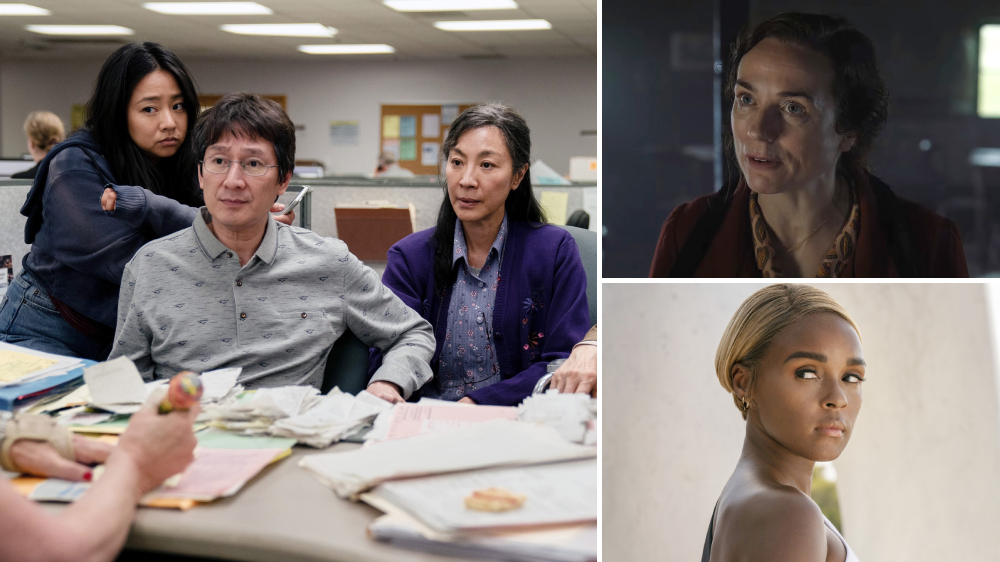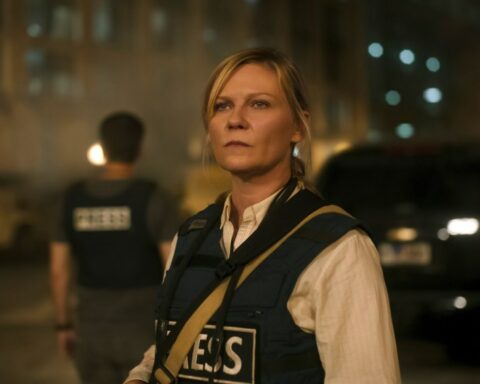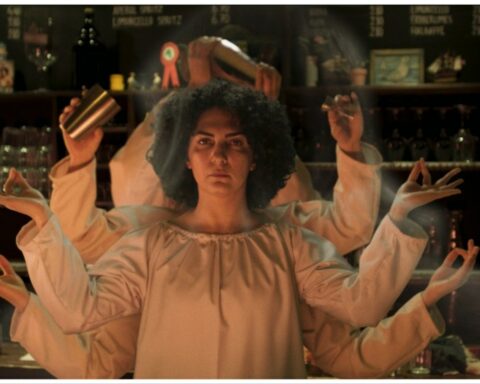The multi-prized Spanish doc feature “The Visit and A Secret Garden,” one of the 15 features in competition at this year’s ARCA, plays off a moving contradiction.
A film of two parts, the first for a full half hour captures the once celebrated Spanish painter Isabel Santaló in decrepit old age living in absolute anonymity in a cramped apartment somewhere on Madrid’s nondescript outer-radius.
Directed by Irene M. Borrego, the artist’s niece, and a London Film School alum and prized short film director, the film captures Santaló some 50 years after she dropped off the radar of Madrid’s art scene, having trained at Madrid’s School of Fine Arts, Paris’ Louvres and New York’s MoMa, taken part in exhibitions in Paris, Milan, Stockholm and Miami and figured as one of Spains foremost women painted and art restorers over the 1950s-70s.
A half century later, Santaló is first seen in her bedroom, filmed from outside the door, one trouser leg extending as she laboriously gets dressed. For much of film’s first half, she remains a fragmentary figure, shuffling down her apartment corridor hunched over a trolley she pushes before her, or sitting in her grand arm chair, her hands, the right one trembling, covering her face.
Meanwhile, a voiceover interview plays out between the director and Antonio López, arguably Spain’s most respected living painter and the subject of Victor Erice’s 1992 Cannes Jury Prize winner “Dream of Light,” who appears to be one of the only people in Spain who remembers Santaló well.
As a painter, Santaló was “very well known” in her day, says López, over a shot of Santaló’s near totally shut bedroom door. “Her tones were dry and luminous, simple shapes but not geometric,” he says. “A bit harsh, very honest, very authentic and very secret, like her,” López continues, as the film captures Santaló, framed by her bedroom door, sitting on her bed. “It made me think of a secret garden. I think if you ventured in there, you’d find very appealing, beautiful things even though it seems she didn’t want to show them.”
Yet at one point she disappeared. “Nobody has talked about her for many years now,” says López. “The present erases everything.”
Yet, at the half-hour point, “The Visit and A Secret Garden” opens up as Santaló, belligerently questioned by Borregó about what happened to her paintings and her idea of her importance as an artist, begins to speak her mind, and finds her own – surprisingly full-throated – voice.
“I hate our family,” she admits. “The way they treated me was as if I worked in a brothel.” “A true artist only expresses themselves without being certain of what they’re doing.”
What does it take to make art? Borrego asks. “There are no rules.” You’re on your own, “an orphan.”
Why did she never marry? “Because I didn’t like the life of a servant. You understand the word, servant?”
“Isabel commanded respect,” López recalled. Even 50 years later, despite her advanced frailty, that demeanour remains. And a film which is a portrait of forgotten artist Isabel Santaló in the very act of depicting her destiny rescues her from that oblivion.
Produced by Borrego’s Madrid-based label (“This Film is About Me,” “El mar nos mira de lejos”) and Lisbon’s Cedro Plátano, “La visita y un jardín secreto,” Borrego’s feature debut, won the 2022 Malaga Festival’s Silver Biznaga for best direction and Audience Award in its documentary section. It also walked off with the HBO Max Award for best Portuguese competition film at his year’s DocLisboa.
Begin Again Films distributes in Spain. Les Films de la Resistance handles international rights. Variety talked to Borrego on the eve of ARCA.
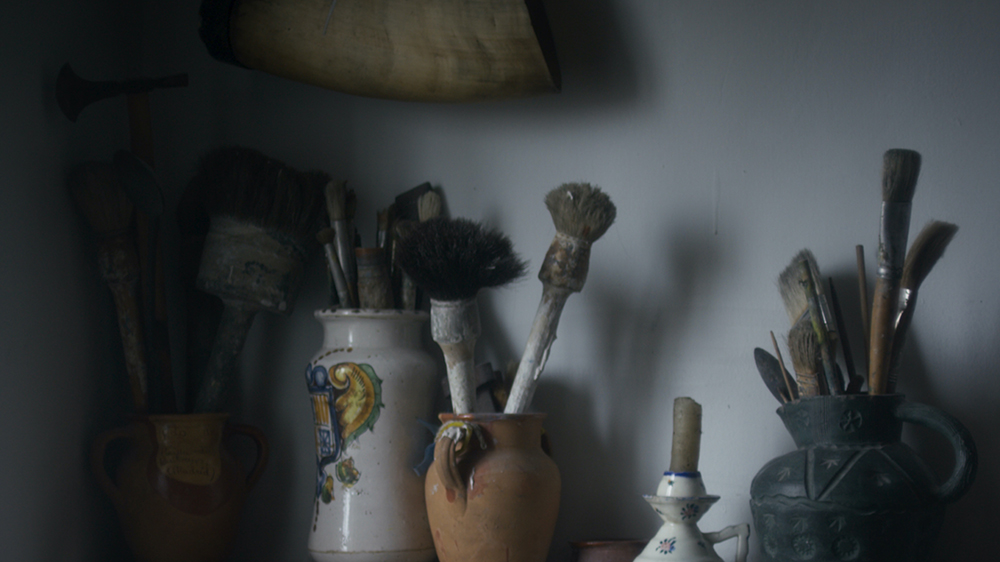
One crucial decision for the film, which gives it a large originality, is to show Isabel’s flat, how she ended up living, but not her paintings. Could you walk us briefly through that decision?
The decision was linked to the approach of showing and focusing on Isabel’s present, to launch questions and reflections on the creative process, art and life. I was not looking to make a biopic or invite to judge Isabel as an artist by showing her paintings. Actually her main body of work had mysteriously disappeared and was not in her flat. The evocative nature of the empty walls, the voice of Antonio and the hard truths Isabel shared seemed to me a more interesting approach to open up the film.
When you shoot Isabel in the first stretches of the film, she is half hidden by doorways or her own hands, or often seen from behind. This seems to be a formal representation of her status as a now little known artist. Again, could you comment?
For sure the cinematography plays with the concept of visibility and invisibility. I think this formal approach also reflects on the idea of framing Isabel from a certain cinematic distance, in this case the one between the director and her subject due to fear. Formally, this gap gradually narrows as the film progresses. The intention is to invite the audience onto a journey where slowly truths, discoveries and thoughts are unveiled.
When Isabel speaks she comes across as still forcefully cogent and passionate about her art. Were you surprised by her intellectual vigor?
I had the chance to sense how forceful, sharp and vivid Isabel was during the research phase, but I fully realized and embraced it during the editing. The strength of her mind stands in contrast with the weakness and frailty of her body and condition. The choice to only reveal her vigor later in the film was very conscious and aimed to strike the audience as well as give Isabel the floor and space to truly state her presence.
You say in the film, addressing Isabel in a voiceover, that “I looked at you with the eyes of my parents.” When did your attitude towards Isabel begin to change? And are you still afraid of ending up like her?
I often say that making this film has been the most difficult thing I have done in my life so far. I believe that fear is why and how I started this project, and realization and gratitude is how I ended the film. It was after shooting, and mainly during the long editing process that I changed my posture not only towards Isabel but towards myself and my shadows. And today I can say I actually strive to be as consistent and brave as Isabel is.
Do you think the film will lead to a renewed interest in exhibiting Isabel Santaló’s paintings?
We are already seeing some of the ripple effects, especially after the presentation of “The Visit and A Secret Garden” at the Reina Sofía Museum with Antonio López. Different media are showing an interest in Isabel Santaló. On the other hand, several art institutions are willing to find further information, looking for her paintings and hopefully re-opening her case. Very recently, a page dedicated to Isabel appeared in Wikipedia, and I am actively in contact with different critics and historians to provide all my research materials I collected during the preparation of the film.

